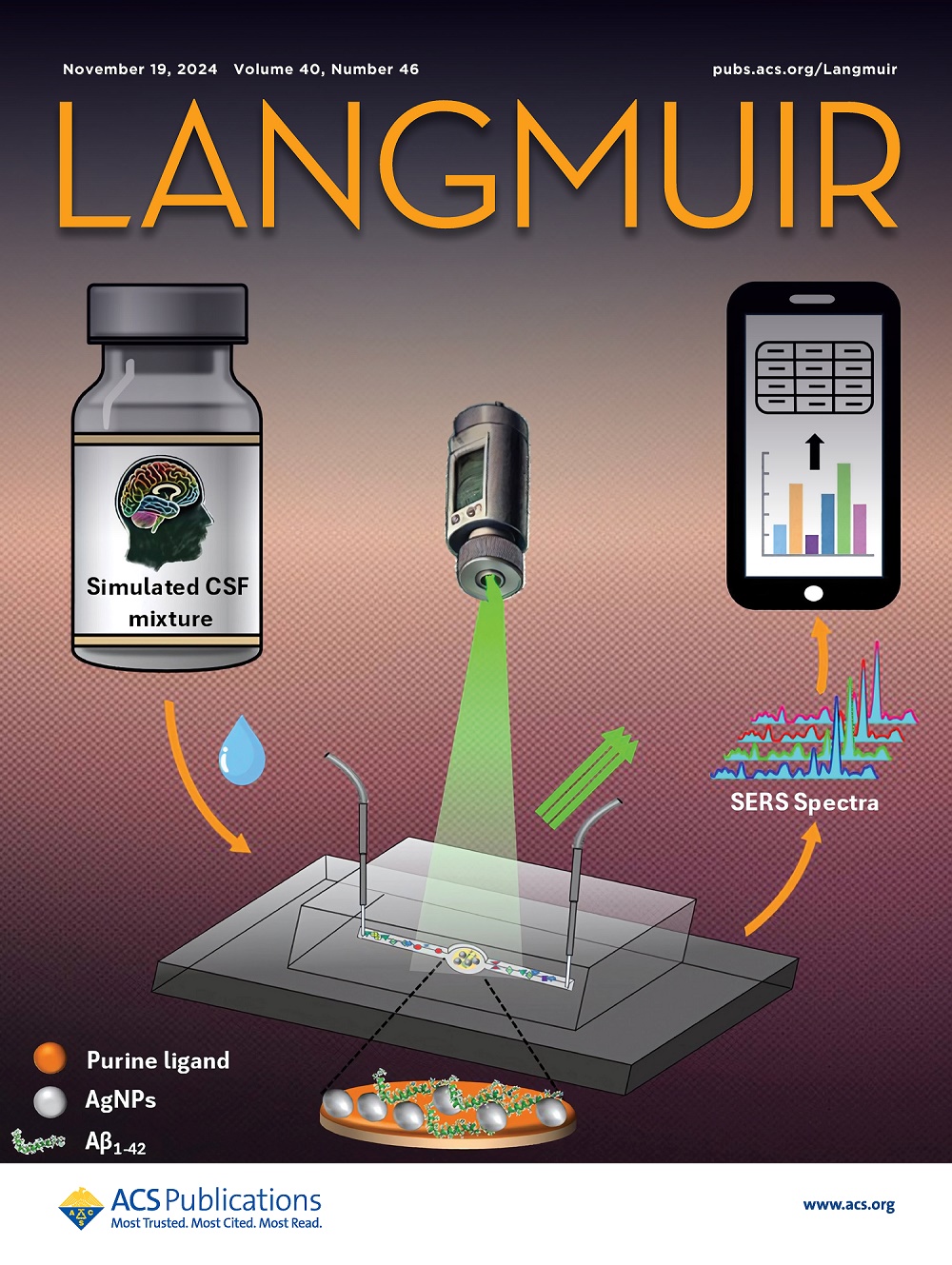Magnetic Responsive Pickering Emulsion Containing SiO2–Fe3O4 Particles with Highly Selective Water Plugging in High-Salt Reservoirs
IF 3.7
2区 化学
Q2 CHEMISTRY, MULTIDISCIPLINARY
引用次数: 0
Abstract
The development of selective water-plugging materials is a challenging task in oil field research. A magnetically responsive emulsion containing SiO2–Fe3O4 particles was prepared using the mechanical emulsification method. The stability, magnetic demulsification, and water-plugging performance of the emulsion were evaluated. The results showed that the emulsion with SiO2–Fe3O4 particles could maintain stability for up to 30 days at room temperature. However, when the temperature exceeded 80 °C, the thermal stability decreased with an increase in the SiO2–Fe3O4 ratio. Meanwhile, based on the magnetic response of Fe3O4 particles, the demulsification behavior of the emulsion under a constant magnetic field strength was analyzed, revealing that the stability of the emulsion is jointly determined by the particle membrane and surfactant. Results from the displacement experiments showed that when the water phase plugging rate reached more than 97%, the oil phase plugging rate was only 45%. Mechanism analysis and contact angle characterization verified that the plugging rates for the water and oil phases depend on the cross-linking form of the SiO2–Fe3O4 composite material. Fe3O4 particles “wrapping” around SiO2 particles are beneficial for enhancing water-plugging performance.

求助全文
约1分钟内获得全文
求助全文
来源期刊

Langmuir
化学-材料科学:综合
CiteScore
6.50
自引率
10.30%
发文量
1464
审稿时长
2.1 months
期刊介绍:
Langmuir is an interdisciplinary journal publishing articles in the following subject categories:
Colloids: surfactants and self-assembly, dispersions, emulsions, foams
Interfaces: adsorption, reactions, films, forces
Biological Interfaces: biocolloids, biomolecular and biomimetic materials
Materials: nano- and mesostructured materials, polymers, gels, liquid crystals
Electrochemistry: interfacial charge transfer, charge transport, electrocatalysis, electrokinetic phenomena, bioelectrochemistry
Devices and Applications: sensors, fluidics, patterning, catalysis, photonic crystals
However, when high-impact, original work is submitted that does not fit within the above categories, decisions to accept or decline such papers will be based on one criteria: What Would Irving Do?
Langmuir ranks #2 in citations out of 136 journals in the category of Physical Chemistry with 113,157 total citations. The journal received an Impact Factor of 4.384*.
This journal is also indexed in the categories of Materials Science (ranked #1) and Multidisciplinary Chemistry (ranked #5).
 求助内容:
求助内容: 应助结果提醒方式:
应助结果提醒方式:


